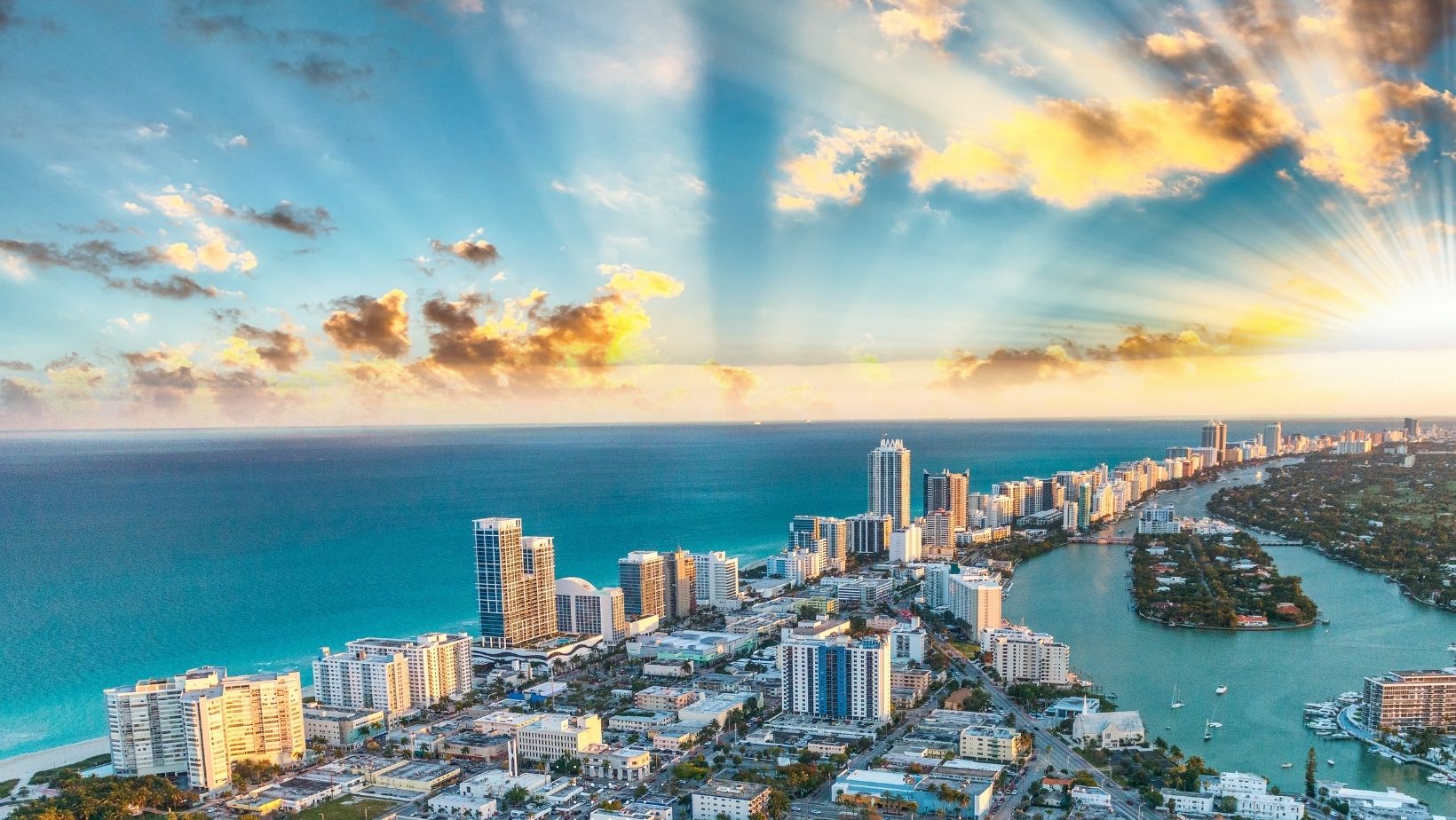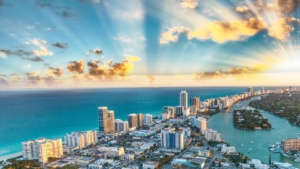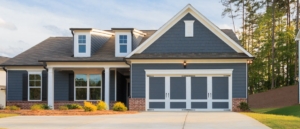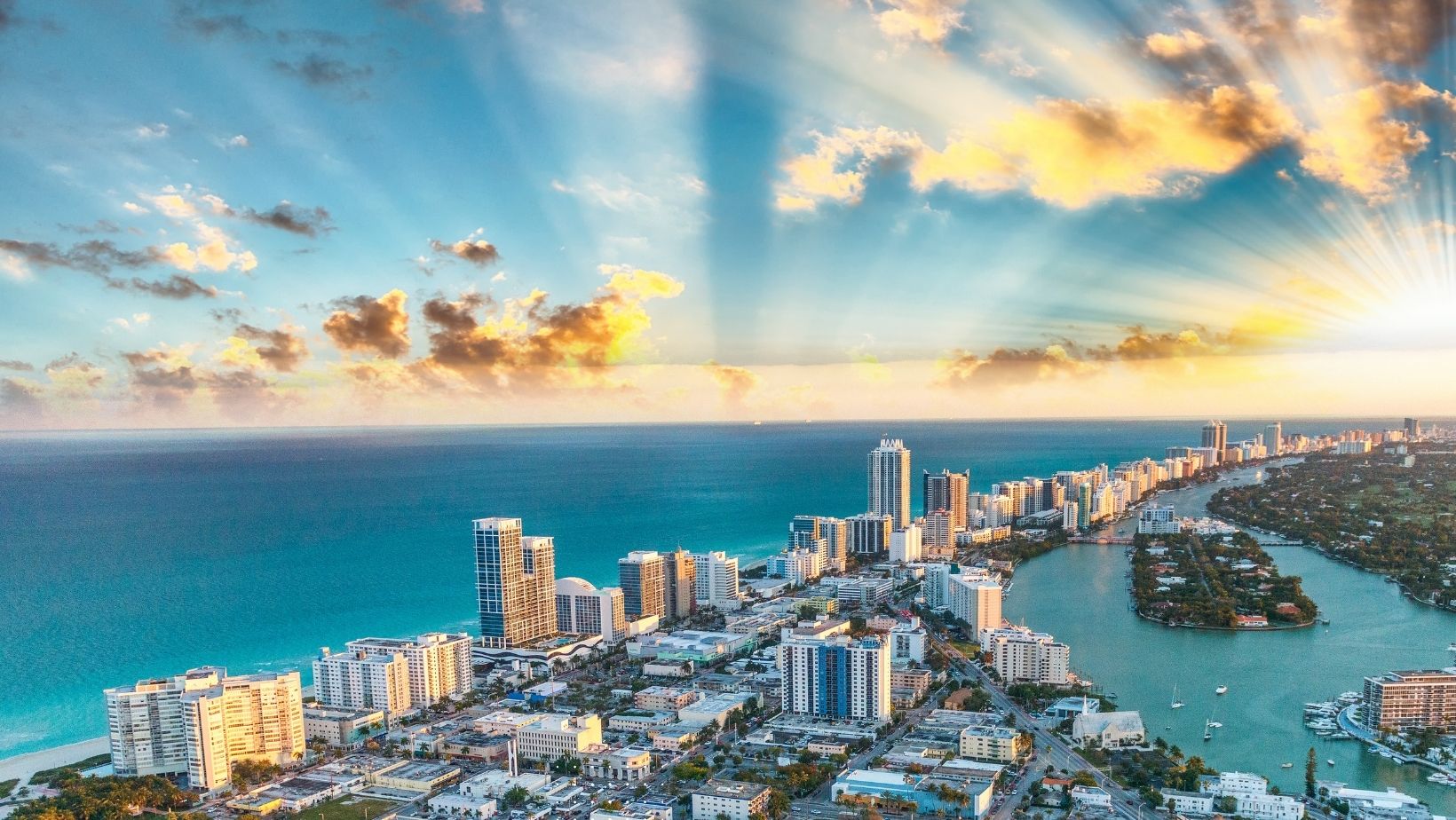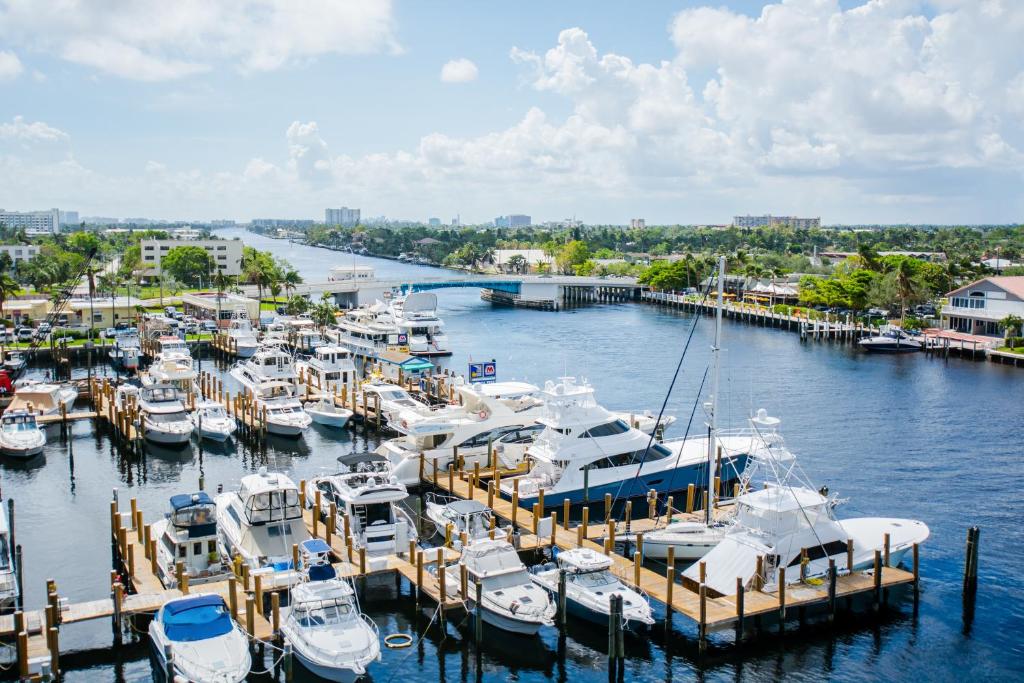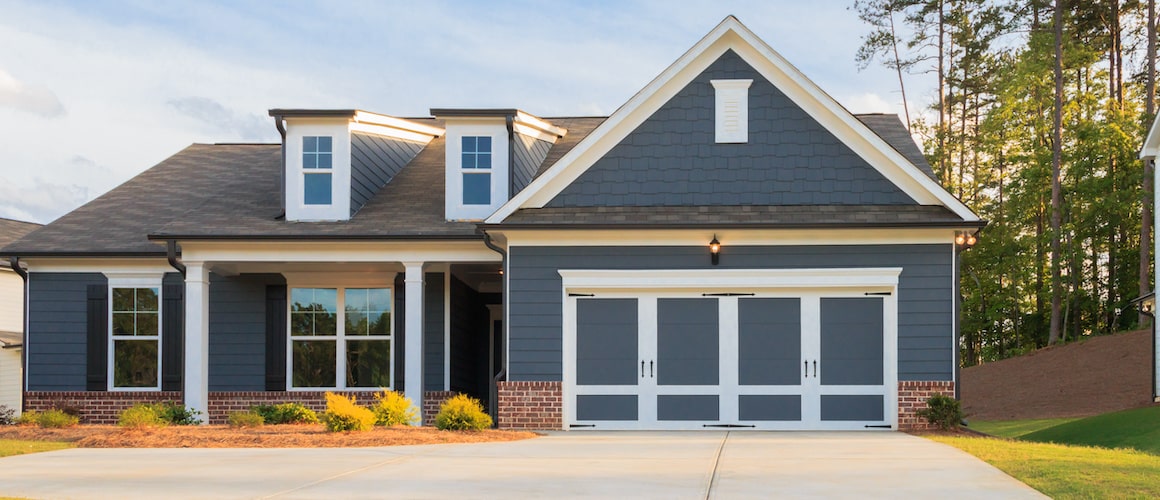Navigating the Storm: 5 Critical Challenges Reshaping Miami's Housing Market in 2025
Miami's vibrant real estate landscape is facing unprecedented transformation in 2025, with challenges that impact everyone from first-time homebuyers to seasoned developers. As property values continue their upward trajectory, regulatory pressures mount, and environmental concerns intensify, stakeholders across the spectrum are being forced to adapt to a rapidly evolving market. This comprehensive analysis explores the five most significant hurdles reshaping Miami's housing ecosystem and what they mean for the future of this dynamic metropolitan region.
The Affordability Puzzle: Creative Solutions in a Competitive Market
The traditional path to homeownership in Miami has undergone a dramatic shift. With property values outpacing income growth by nearly 3:1 in certain neighborhoods, buyers and sellers alike are reimagining transaction structures to close deals. This evolving dynamic has given rise to innovative approaches that would have seemed unorthodox just years ago.
Market data indicates that 37% of recent Miami-Dade transactions included some form of seller concession beyond standard negotiations. Rather than offering luxury vehicles as incentives (a practice that briefly emerged in the ultra-luxury segment in 2023), today's market features more practical but equally creative solutions.
"We're seeing sellers offering everything from assuming HOA special assessments to providing two-year home warranty packages that cover major systems and appliances," explains Maria Gonzalez, a veteran South Florida real estate analyst. "Some are even structuring rent-to-own agreements with customized terms to help buyers navigate the current lending environment."
This creativity extends to financing innovations, with seller-assisted rate buydowns becoming increasingly common. These arrangements, where sellers contribute funds to temporarily reduce a buyer's interest rate, have seen a 43% increase in Miami-Dade County during the first quarter of 2025 compared to the same period last year.
Urban Expansion Tensions: Development vs. Environmental Preservation
The contentious battle over Miami-Dade's Urban Development Boundary (UDB) has entered a new chapter with a surprising 20-acre expansion approved in South Miami-Dade near U.S. 1. This decision, which passed with minimal opposition in November 2024, represents a significant departure from the typically heated debates surrounding boundary modifications.
The development, which plans to include multi-family housing units, signals a potential shift in the county's approach to managing growth. Environmental specialists warn this could set a concerning precedent for future expansion requests.
"This particular boundary adjustment may seem minor in isolation, but it reflects a larger trend of incremental expansions that collectively transform land use patterns," notes Dr. Evelyn Rodriguez, environmental policy researcher at the University of Miami. "The cumulative impact of these decisions will ultimately determine whether we can achieve sustainable growth or continue to put pressure on our delicate ecosystem."
The expansion coincides with projections showing Miami-Dade's population increasing by approximately 85,000 residents by 2027, further intensifying the tension between housing development needs and environmental preservation goals. County officials maintain that targeted, strategic growth is essential for addressing housing shortages while preserving Miami-Dade's ecological assets.
The Association Crisis: HOAs and Condos Under Financial Strain
Financial tensions between homeowners and their associations have reached critical levels throughout Florida, with Miami-Dade experiencing some of the most severe conflicts. Recent legislation aimed at addressing association foreclosures over unpaid assessments highlights the growing urgency of this issue.
Statistical evidence reveals a 28% increase in association-initiated foreclosure actions across South Florida since 2023. These proceedings, often stemming from relatively modest unpaid assessments, can escalate rapidly due to accumulated late fees, interest, and legal costs.
Industry experts point to Surfside's tragic 2021 collapse as a catalyst for stricter building safety regulations and mandatory reserve funding requirements. While these measures enhance structural integrity and safety, they've simultaneously created financial burdens for many association members.
"We're witnessing the difficult balancing act between ensuring building safety and maintaining affordability for existing owners," explains Carlos Fernandez, a condominium law specialist. "Associations facing major structural repairs or reserve funding mandates may need to impose special assessments ranging from $10,000 to over $100,000 per unit, depending on the building's condition and prior reserve status."
This situation has particularly affected fixed-income residents in aging buildings, creating a demographic shift as long-term owners struggle to absorb these increased costs. The challenge of maintaining Miami's existing housing stock while ensuring safety and affordability represents one of the market's most complex dilemmas.
Community Development Gridlock: The Liberty City Housing Impasse
The ongoing dispute between Miami-Dade Commissioner Keon Hardemon and local nonprofit organizations has stalled crucial affordable housing projects in Liberty City, highlighting the complexities of community redevelopment efforts. This standoff, which has prevented completed homes from being occupied, exemplifies how administrative conflicts can directly impact housing availability in underserved communities.
Black residents who qualified for these homes have been left in limbo for months, caught in bureaucratic crossfire between the Neighbors and Neighbors Association (NANA), the Circle of Brotherhood, and Commissioner Hardemon's office. The situation has exposed weaknesses in the county's affordable housing implementation process and raised questions about oversight mechanisms.
"This isn't just about administrative disagreements," states housing advocate Terrence Wilson. "Every day these homes remain unoccupied represents another day that qualified families continue paying unaffordable rents or living in substandard conditions when viable housing solutions are literally sitting empty."
The Liberty City situation serves as a microcosm of broader challenges facing affordable housing initiatives throughout Miami-Dade, where approximately 54% of residents are cost-burdened, spending more than 30% of their income on housing expenses. Despite widespread recognition of the affordability crisis, implementation hurdles continue to delay practical solutions.
Political Crosscurrents: State-Level Interventions in Local Housing Policy
The housing market's politicization reached new heights in early 2025 when Governor Ron DeSantis made a strategic appearance in a political rival's Miami district to advocate for financial relief measures for condominium owners. This intervention highlighted the growing tension between state and local approaches to housing regulation.
DeSantis's direct criticism of House-proposed legislation—stating it "favors developers and puts the interests of developers over the interests of Florida residents"—signaled an unusual alignment with consumer advocates who have long voiced similar concerns. This political positioning comes as Miami's condominium market faces unprecedented regulatory scrutiny and financial pressures.
The governor's statements reflect the complex interplay between safety concerns, affordability challenges, and development interests that characterize Miami's current housing landscape. Legislative outcomes from these competing political forces will significantly shape the market's direction through 2025 and beyond.
Key Insights About Miami's Housing Market
Is Miami still a good investment in 2025?
Despite the challenges, Miami remains attractive for long-term investors, particularly in emerging neighborhoods and properties that meet new regulatory standards. However, investors must be more selective and conduct thorough due diligence regarding association finances and potential special assessments.
How are first-time homebuyers adapting to Miami's current market?
First-time buyers are increasingly looking beyond traditional single-family homes, exploring townhomes and condominiums in peripheral locations. Many are utilizing first-time homebuyer assistance programs and shared equity arrangements to enter the market despite affordability barriers.
What impact will the Urban Development Boundary expansion have on property values?
Properties near newly incorporated areas typically experience 15-20% value increases within three years of boundary adjustments. However, this appreciation comes with corresponding increases in traffic congestion and infrastructure demands that may affect quality of life.
How should current condo owners prepare for potential special assessments?
Financial advisors recommend condo owners establish dedicated savings equal to approximately 10% of their unit's value to prepare for potential special assessments. Additionally, actively participating in association governance provides earlier awareness of upcoming financial challenges.
Will Miami's affordable housing shortage improve in the near future?
Current projections indicate Miami's affordable housing gap will expand by approximately 7% annually through 2027 without significant policy interventions. Recent initiatives, including inclusionary zoning requirements and community land trusts, show promise but require years to meaningfully impact supply.
As Miami navigates these interconnected challenges, the housing market's resilience will depend on collaborative solutions that balance development needs, environmental concerns, regulatory requirements, and affordability considerations. The region's response to these pressures will ultimately determine whether it can maintain its position as one of America's most dynamic real estate markets while preserving accessibility for diverse populations.

